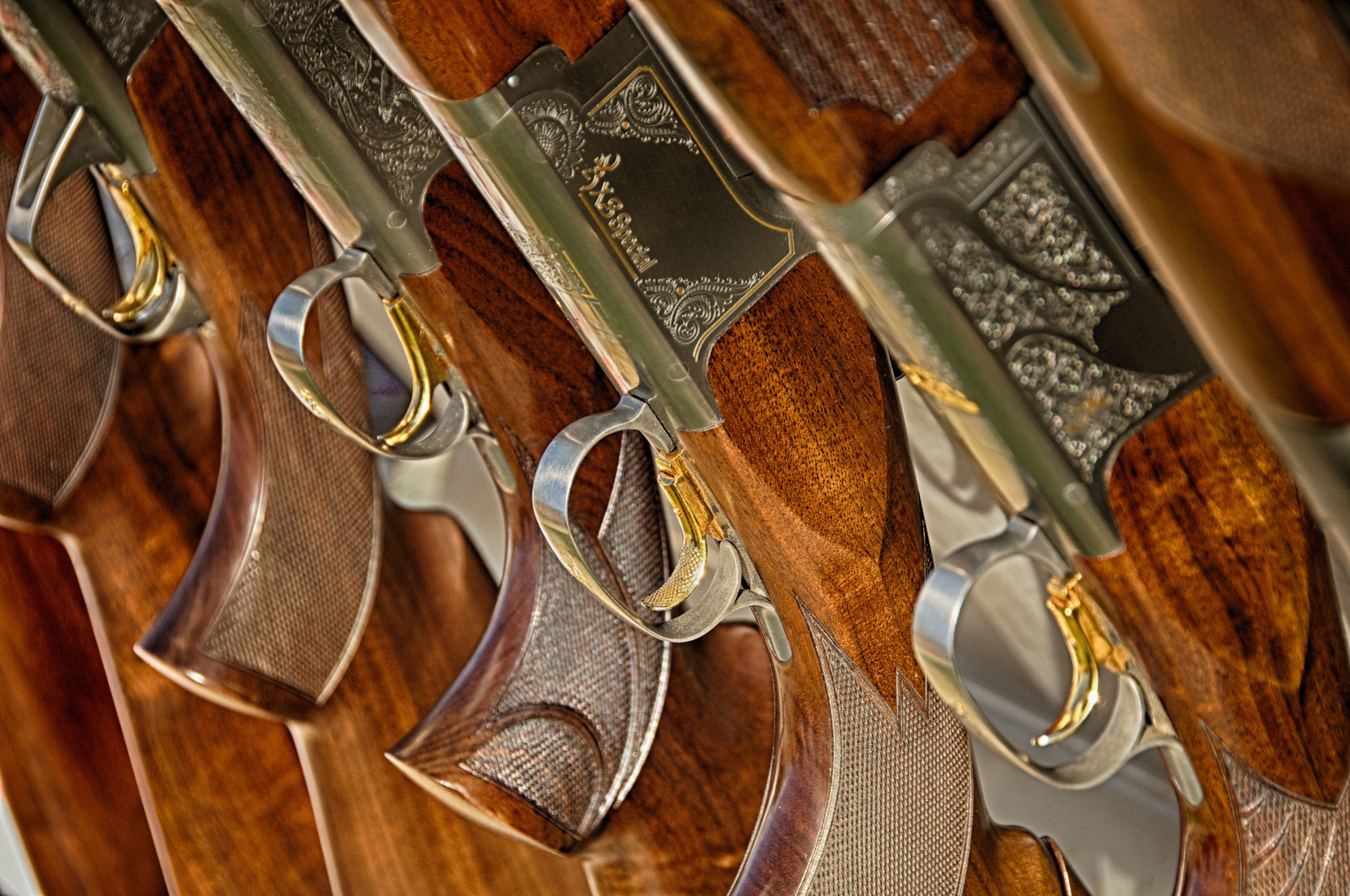Advertisement
When I was a teen, I couldn’t wait to buy a shotgun. It would truly be mine, and not a hand-me-down. When I’d finally saved enough shekels, I marched down to the local K-Mart and selected a pump-action Winchester 1200. In those days, a pump-action was the gun of dreams for many—it was durable and reliable, and offered multiple shots with a simple slide of the action. Over the years, however, my tastes have changed. Having owned every type of shotgun imaginable, I’m now decidedly a fan of double guns.
Unquestionably, every type of shotgun—whether it’s single-shot, semi-auto, pump or double—has its place, and there are situations when any one of them could be considered a better choice than the others. But these days, I more often than not reach for a double gun when heading afield to hunt, whether it’s for upland birds or waterfowl. Here’s why.
Advertisement
Reliability
Break-actions are nearly indestructible and will reliably shoot round after round, year after year, with little maintenance needed—only a single-shot is as simple as a double. The intricate parts of the action are never exposed, so there’s no worry of dirt and debris contributing to a firing problem. Have you ever had your shotgun fail in the field and had to resort to passing the pipe, taking turns with your hunting partner’s functioning shotgun? With a double trigger, as is found on traditional-styled and classic doubles, should a problem arise with one firing mechanism you still have the second barrel and trigger. In effect, you’re carrying your own backup gun.
Versatility
Advertisement
The single biggest debate hunters have with themselves is over what choke to select. Will the sharptails hold tight or flush long? Will the mallards decoy or flare early? With a double, you have the advantage of two choke options, allowing you to cover more than one scenario. While older models usually have two triggers (one for each barrel), barrel selectors are common on many modern doubles. Either option lets you decide which choke is most appropriate and fire the applicable barrel at a moment’s notice.
Handling
Balance is one of those hard-to-define yet critical characteristics of any shotgun, but it significantly affects how well you shoot it, especially under field conditions. A well-made double simply feels right in your hands, and comes up perfectly every time. Since doubles are a bit front-heavy, you naturally lean slightly forward and into them, helping ensure your cheek is properly planted on the stock. This greatly reduces the common problem of shooting above and behind birds due to not having your head down where it belongs. And the extra weight up front offers added momentum when you get your double swinging on a bird, helping ensure that all-important follow-through after hitting the switch.
Convenience
Doubles tend to be supermodel-slim and trim, with no bolt handles, action bars or the other accoutrements of pumps and semi-autos. They don’t snag on vegetation in the marsh or uplands, or catch on your coat when you bring them up. And when it comes time to pack them away, the fore-end pulls off and the barrels disengage from the buttstock/action. The three pieces make for unbelievably easy cleaning, and you don’t need to rely on the instruction book when it comes to putting it back together. Best of all, the three pieces fit comfortably in a case hardly bigger than a briefcase. This makes it easy to stash them away in your duffle when travelling, reducing the likelihood of theft.
Appearance
No sporting firearm looks as nice as a double with its classic and refined lines. Over the years, I’ve accumulated four double shotguns—two over/unders and two side-by-sides. They range from a beautiful, vintage English-made Westley Richards to a rather pedestrian Stevens, and from 28- up to 12-gauge. Though markedly different from one another, each has become a favourite of mine in its own special way. As for my semi-autos and pumps? Thankfully, my youngest kid is starting to take an interest in hunting—otherwise, those guns might never again see the light of day.

